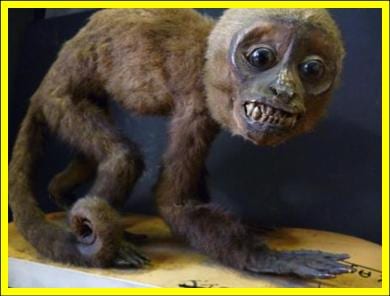Specimen of the Week: Week Seventy-Six
By Emma-Louise Nicholls, on 25 March 2013
 Okay okay so this coming Sunday it will have officially been two months since the Chinese New Year. However, as part of my ongoing quest to become a god, I have chosen to give myself the ability to bend man’s two most treacherous enemies to my will; time, and money. Ergo, I can write a blog about the animal that is the focus of this year’s Chinese New Year, despite it officially having been on the 31st January, and when today is the 25th March. So there. The animal group chosen by the Chinese calendar is a broad one so I have narrowed it down to one species. My favourite species. Well what better way is there to choose? It is my favourite for good reason after all. This week’s specimen of the week is…
Okay okay so this coming Sunday it will have officially been two months since the Chinese New Year. However, as part of my ongoing quest to become a god, I have chosen to give myself the ability to bend man’s two most treacherous enemies to my will; time, and money. Ergo, I can write a blog about the animal that is the focus of this year’s Chinese New Year, despite it officially having been on the 31st January, and when today is the 25th March. So there. The animal group chosen by the Chinese calendar is a broad one so I have narrowed it down to one species. My favourite species. Well what better way is there to choose? It is my favourite for good reason after all. This week’s specimen of the week is…

The skull of the Gaboon
viper (Bitis gabonica) at
the Grant Museum of
Zoology. LDUCZ-X717
**The Gaboon Viper**
1) The Gaboon is an incredible snake that hangs out in tropical rainforests and other environments with lots of moisture, in both eastern and western Central Africa. Subsaharan Africa is my most favourite place on Earth (or perhaps it comes in at a close second to Disneyland), so that is score one in the ‘favourite snake’ stakes. That is snake stakes, not snake steaks, which I do not advocate.

Gaboon viper, showing the horns on the nose. (Image taken by
Jannes Pockele. Image taken from commons.wikimedia.org)
2) The Gaboon viper has two large horns located between the nostrils. I say large, what I mean is large for a snake. Given that snakes don’t tend to have horns. I like horny things, like rhinos, so that is score two. The Gaboon viper can grow up to 130 cm in total length and is seriously pretty (score three). (I am a girl after all). I don’t mean pretty as in lots of colours like a rainbow, but the skin pattern is really striking. Imagine a rainbow… in sepia. The head is peculiarly triangular with large, silver or yellowy irises in the eyes.
3) The outstanding colour pattern means it can camouflage itself amongst leaf litter and gives it cover for when it wants to ambush prey. The Gaboon viper feeds primarily on rodents, though will take any small mammal that erringly presents itself, plus birds and amphibians. The Gaboon viper usually inhabits dark areas of the forest, near to, or on, the forest floor. It belongs to a nocturnal group of snakes that hunts both in the evening (so technically it is also crepuscular), and during the night.

The impressive fangs of the Gaboon viper.
(Image taken by Brimac The 2nd. Image
taken from commons.wikimedia.org)jpg
4) The Gaboon viper is a venomous snake (score four) and the fangs in some of the sixteen species reach a length of 5.5 cm, making them the longest of any venomous snake in the world (score five and six, because that is just cool). It is however quite a docile snake, in comparison with other species, and so bites to humans are relatively rare. The stocky build makes it rather sluggish and so upon hearing an approaching human, the Gaboon viper will more likely stay put, rather than run- (slide? slither?) away for defense. The most common cause of a bite therefore, is when a human accidentally startles one and it reacts with a ‘sink teeth in first, ask questions later’ approach. The venom of a Gaboon viper is extremely harmful to a human, and in some cases has been fatal.

Peering into the skull of the
Gaboon viper at the Grant
Museum of Zoology
5) Now if I whisper a secret, you won’t tell anyone, correct? Partly because it is not nice to gossip, but mostly because this secret would be extremely embarrassing for the Gaboon viper if word got out. Ok, I trust you. Well, the truth is that the Gaboon viper has such serious fang-age going on because it needs to inject a huge quantity of venom. The venom glands are so large in fact, that each bite produces the largest quantities of venom of any venomous snake (score seven). However, the reason for that, and this is the embarrassing part, is that for all his impressive stats, the Gaboon viper’s venom is total rubbish. It’s weaker than an elephant with the legs of a stick insect and therefore it requires a large volume of venom to be effective. But I warn you, those venom sacs are more than sufficient to compensate, and thus, effective it is. So don’t mess. And don’t gossip.
Emma-Louise Nicholls is the Museum Assistant at the Grant Museum of Zoology
 Close
Close

